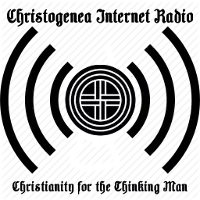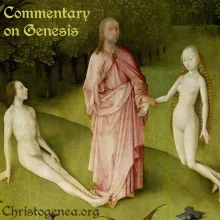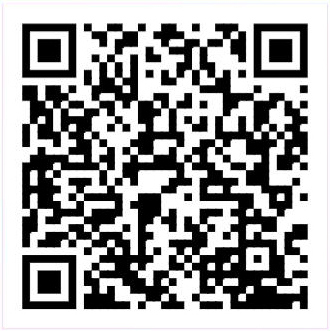On the Gospel of John, Part 51: Feed My Sheep

On the Gospel of John, Part 51: Feed My Sheep
The resurrection of Yahshua Christ is an assurance, for those men who can accept it, that God is true, that He does indeed transcend His creation, and that He had also determined from the beginning to take a part in His Own creation in the person of Yahshua Christ. This was spoken beforetime in the words of the prophets, and it was the inevitable conclusion that had been made by the apostles themselves once they realized the fact of His resurrection. Therefore once Thomas had seen Him he immediately responded by acknowledging Him to be both “My Lord and my God.” Realizing that Yahweh God incarnate as a man can transcend, or overcome, the physical limitations of His creation, it must be realized that His promises of eternal life for the Adamic man of His creation must also be true, and therefore the resurrection of Christ is an Adamic Dawn, as we have described it, the Son rising as a manifestation of the true Light which is an assurance of life to men, to the entire Adamic race which had previously sat in darkness.
But even this is only the beginning of a Christian understanding which leads to many other inevitable conclusions, too numerable to explain here. In his first epistle, which was evidently written not long after John had written this gospel, his own conclusions made with this understanding led him to explain that we must keep the commandments of God and love our brethren, if we love our brethren and keep the commandments then by that we have confidence that we are of God, and our keeping of the commandments of God is how we also manifest our love for our brethren.

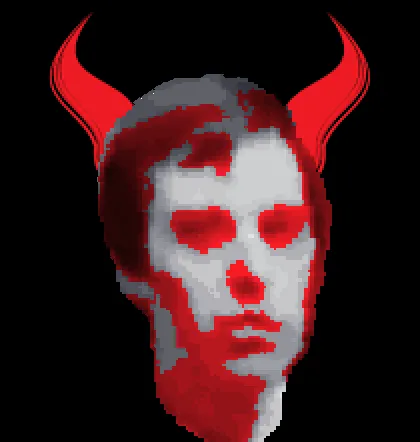
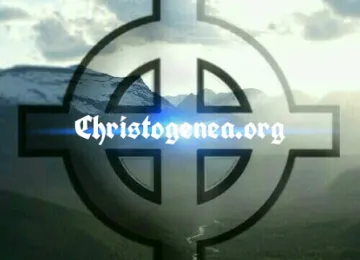
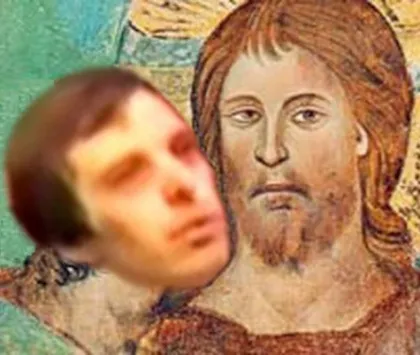

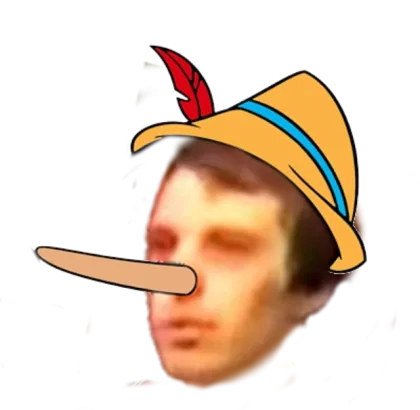


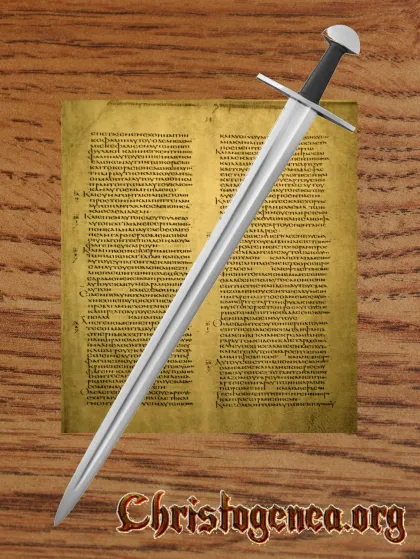
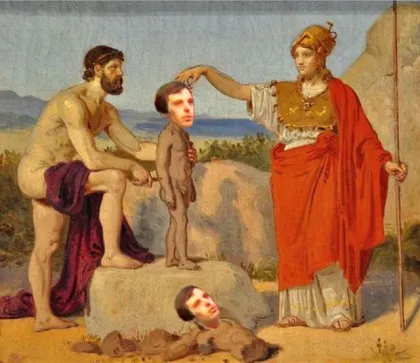
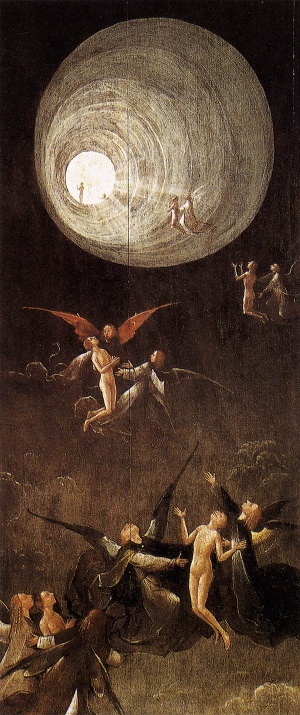
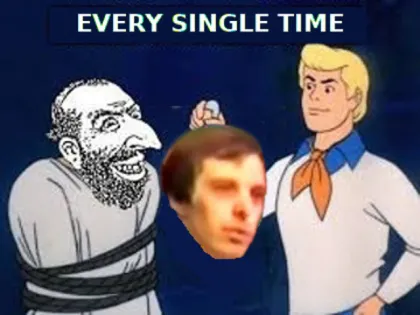
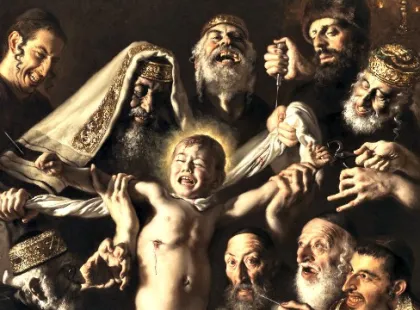
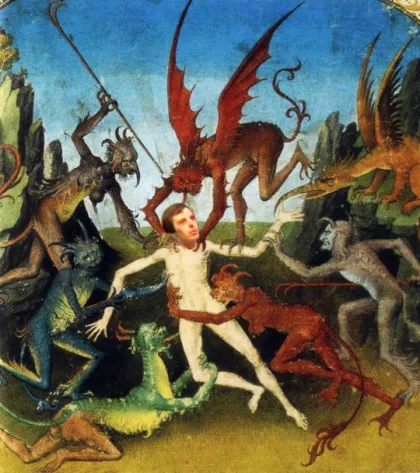

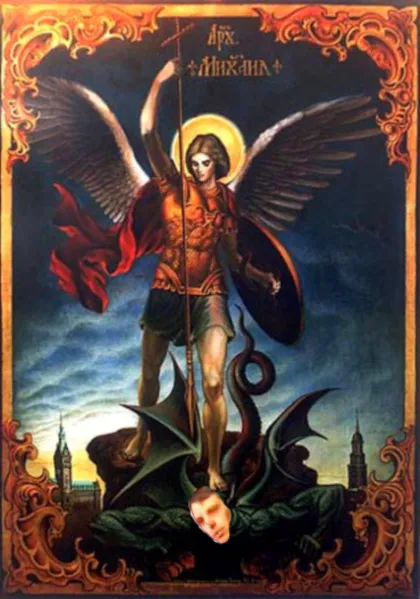

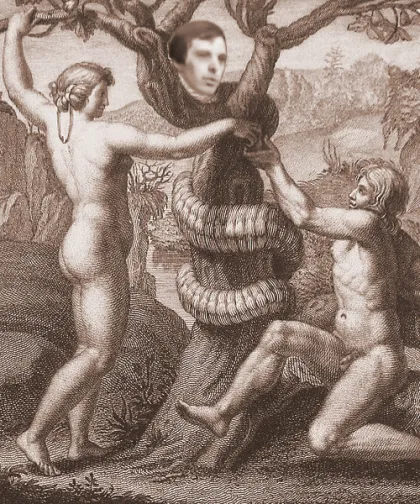
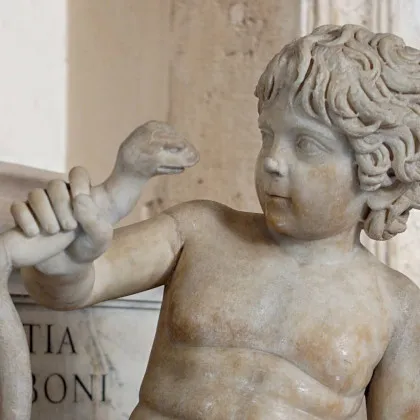
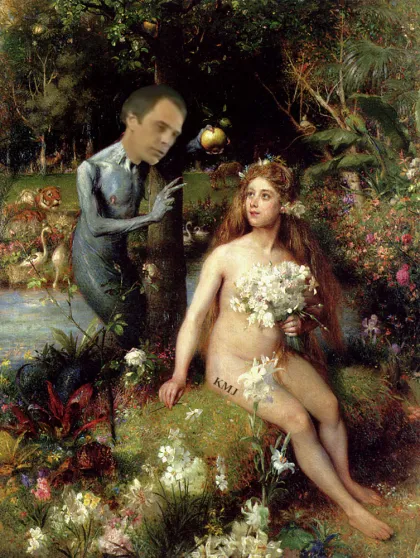


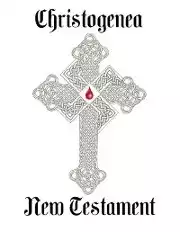

 Please click here for our mailing list sign-up page.
Please click here for our mailing list sign-up page.

